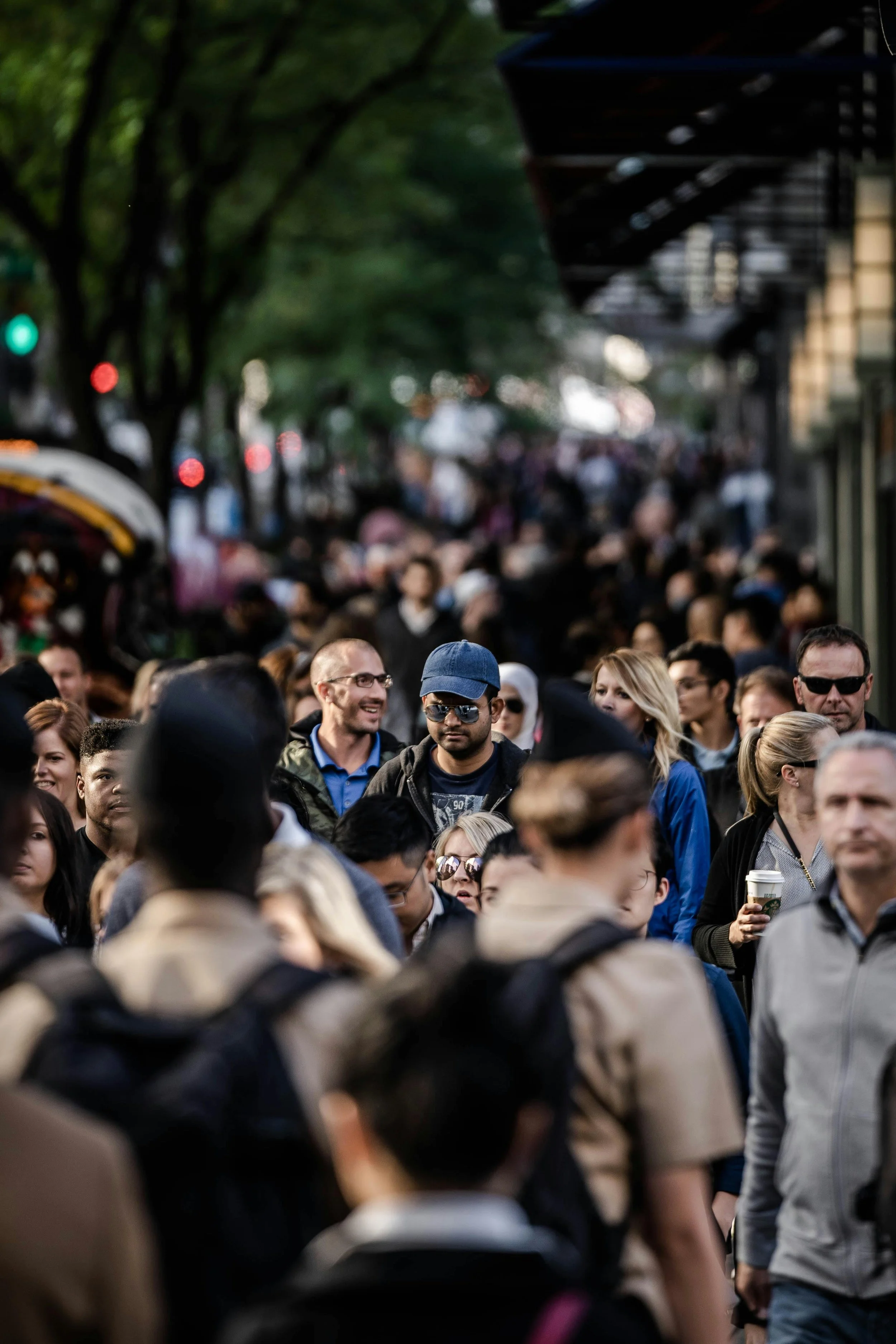The problem: visual memory
My memory research is focused on determining the neural correlates of visual memory in the context of well-defined tasks that have parallels in humans and animals. I am inspired to do this work, in part, to lay the groundwork required to understand memory to the degree that we can treat memory dysfunction. Another thing that inspires my work is the remarkable visual memory capabilities of humans, which have been documented in a number of ways.
Massive capacity, single-trial memory for pictures
We store memories of the objects and scenes that we have encountered after viewing thousands, each only once and for a few seconds. Early illustrations of this include a classic 1973 paper by Lionel Standing, “Learning 10,000 pictures.“ More contemporary work has determined that these memories are stored with considerable visual specificity. This type of memory is often probed with the the question, "Have you seen this before?" and it is commonly called "recognition memory" My group’s recent work (e.g., here and here) has focused on understanding how the brain supports massive capacity, single trial learning.
Image memorability
It turns out that all images are not equally memorable, but instead we find some images easier to remember than others. Intriguingly, these memorability differences are not primarily driven by individual differences, but rather, we all tend to find the same images memorable and forgettable. While the answer to the question “What makes an image memorable?” is complex, computer algorithms are very good at predicting how memorable images will be and some can even enhance the memorability of images. Our recent work has focused on understanding how memorability variation is reflected in the brain as well as models of visual processing.
Our everyday experience
We have all had the experience of walking down the street, encountering someone, and remembering that we know them but not being able to recall any other details (at least for a few moments). This experience illustrates the distinction between the percept of "familiarity" and the "recollection" of facts, and considerable evidence suggests that these percepts do in fact map onto different memory systems in the brain. We also experience the percept of familiarity during déjà vu, but in that case we have the eerie, conflicting feeling that something is both familiar to us and that cannot be true.
Approaches to studying visual memory
To understand the neural basis of visual memory, my lab employs a number of different approaches. These include investigations of human and animal visual memory behaviors, measurements and manipulations of neural activity, and computational modeling. Our overarching goal is to understand how our brain stores visual memories at multiple levels of explanation.
Information processing
We are interested in algorithmic (or mathematical) descriptions of the brain's learning rules as well as descriptions of how populations of neurons signal visual memory percepts. To arrive at these descriptions, we execute thoughtfully designed behavioral and neural experiments, and use that data to constrain computational models. Our modeling approaches are designed to both capture the rich, high-dimensional nature of visual memory as well as produce intuitive descriptions about how visual memory works.
Biophysical implementation
One intriguing thing that distinguishes visual memory is the fact that the locus at which visual memories are stored is unlikely to be the same location where the brain signals the percept "I've seen this before". As such, you can't simply point to the patterns of spiking activity across a population and infer that you've found the locus for memory. A non-trivial understanding of where and how visual memories are stored requires targeting the circuit and synaptic mechanisms responsible for memory storage. One important emphasis of our work is linking these biophysical descriptions to behavior via computational models.





